ASRock X79 Extreme11 Review: PCIe 3.0 x16/x16/x16/x16 and LSI 8-Way SAS/SATA
by Ian Cutress on September 3, 2012 10:15 AM EST- Posted in
- Motherboards
- ASRock
- X79
- LSI
- PLX
ASRock X79 Extreme11 Software
Despite the tweaks made to the presentation of the ASRock BIOS for the X79 Extreme11, we have not any tweaks to the standard software in the OS. The staple of the ASRock software package is the ‘555’ system, whereby ASRock state that their XFast RAM, XFast USB and XFast LAN can offer up to 5x performance (as long as the appropriate benchmark is chosen). Around this is the ASRock eXtreme Tuning Utility (AXTU), which houses the majority of the in-house made software for overclocking and fan controls.
The Driver CDs with ASRock products are always relatively easy to use – one click installs all the necessary drivers and another click to software with no intervention needed by the user.
Also in the X79 Extreme11 package we get extra bundled software for the LSI chip called MegaRAID, and the Creative Sound Core3D chip on board also has its own software package in the form of TruStudio. Both will be detailed here.
AXTU (ASRock eXtreme Tuning Utility)
The AXTU utility attempts to be the centerpiece of the ASRock software, providing a hardware monitor, fan controls, overclocking controls, power saving utilities, and more recently, the inclusion of XFast RAM.
The hardware monitor is self describing, but the fan controls echo the ones scene on many ASRock boards of past. Instead of a simple graph demonstrating RPM % as a function of temperature, ASRock give us the option to choose a target temperature, then a ramp in the form of a level 1-10 option. One assumes that Level 10 is the most aggressive, but it is unknown if that ramp is the sharpest or the shallowest – it is hard to define aggressive in this context. Other fan headers are also given ramp options without the target temperature. It would be relatively very easy to knock up some software to actually control these fans properly relating to the temperature sensors on board – a focused effort is required by the manufacturer in order to envisage such controls though.
The overclocking tools offer BCLK and CPU ratio adjustments, as well as voltages. It strikes me as odd that the CPU voltage is offered as an offset, but the memory voltage is offered as a fixed value. This could be because of how these voltages are determined electrically, and the fact that this software has to be able to deal with many processors that all have different VIDs, but that should not deter the software from providing both an actual and an offset option.
The XFast RAM bit of the software is what we find most interesting. Due to the X79 platform, we have functionality up to 64 GB of memory. The ideal scenario would be to partition some of this off into a RAM Disk or a RAM Cache – this is exactly what XFast RAM does. We can allocate a disk size, and then ask the software to configure this RAM Disk as storage for temporary or cache files in order to speed up processing.
XFast LAN
The XFast LAN software is ASRock’s re-branding of cFosSpeed, a software management tool for networking capabilities. The retail price of around 10 euros is absorbed by ASRock, presumably with some bulk sales deal, and for a little extra CPU power used, the network traffic can be monitored and shaped as required for all networking devices.
XFast USB
The XFast USB software is a staple part of the ASRock package. This is licensed software with ASRock re-branding works on the principle that the default drivers for USB ports in Windows 7 are flawed. By invoking a rewritten driver when a device is inserted, the USB port can call upon BOT (Bulk Only Transfer) commands in order to improve throughput (at the expense of latency). In our testing this driver increases speed for large transfer size files by a good margin, although for smaller transfers the UASP commands offered by other manufacturers offer an advantage.
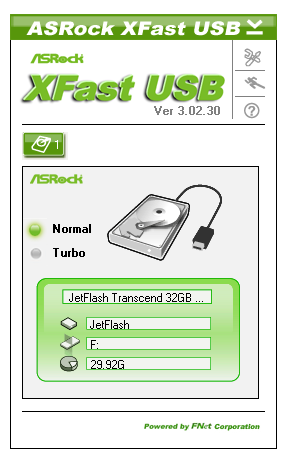
MegaRAID
The MegaRAID software comes direct from LSI, and is used to manage the SAS ports on the motherboard. The main feature of the software is to create and manage the RAID arrays – either RAID 0, 1 or 10. In our testing later, we will show the functionality when we test all eight ports at RAID-0, however due to the software we were limited to a 64 KB stripe size in our arrays.
The MegaRAID software allows users to define an array in a ‘Simple’ or ‘Advanced’ mode.
TruStudio
The audio software comes direct from Creative, and offers a wide range of manipulation techniques for your audio, including a proprietary technology called scout mode, which we assume is a software filter to increase the volume of typical footstep frequency sounds. The software also allows for a mixer, and equalizer, jack setups and voice filters for VOIP.


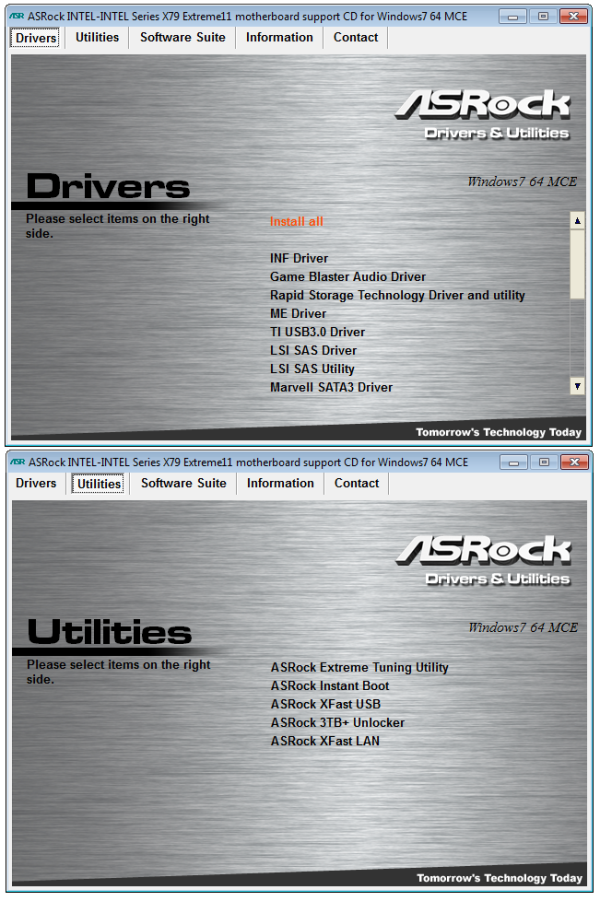
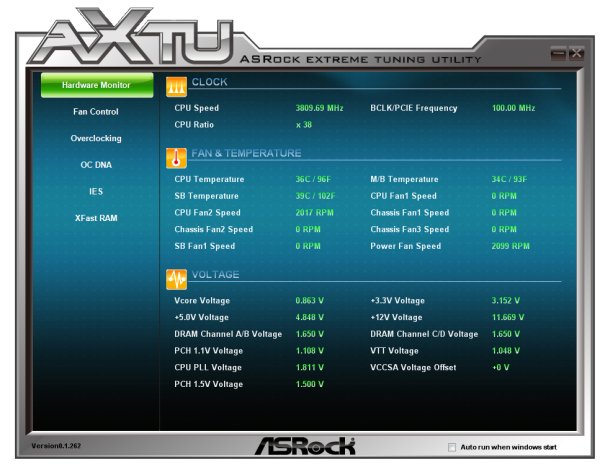
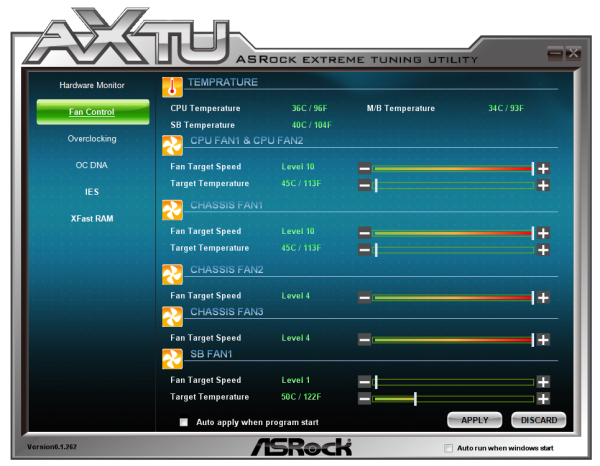
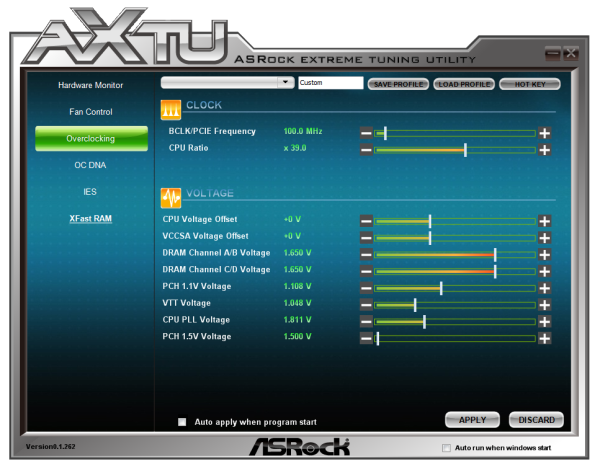
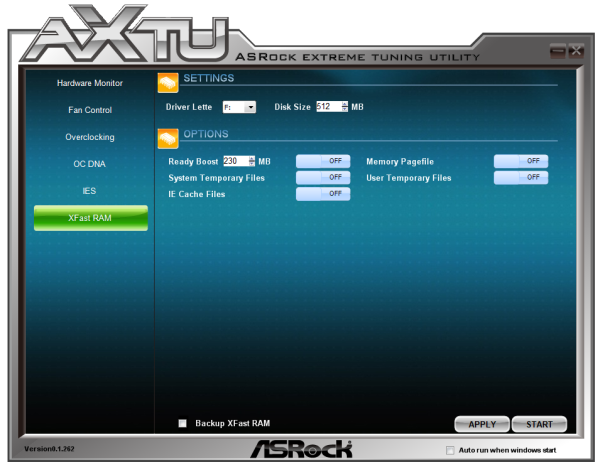
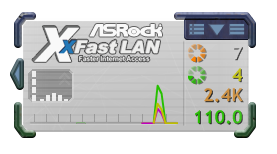
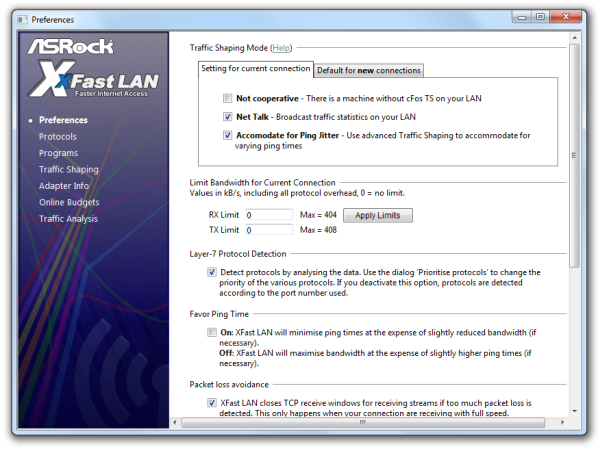
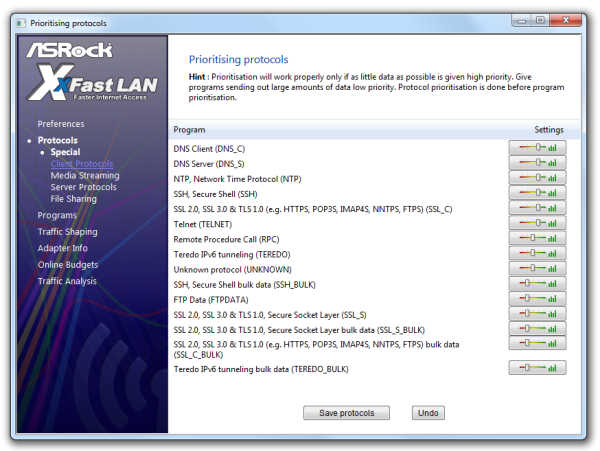

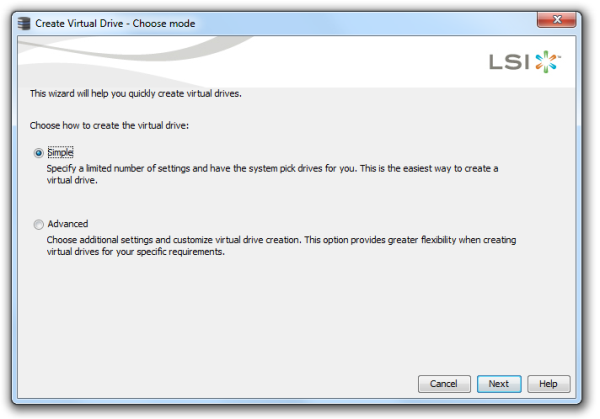

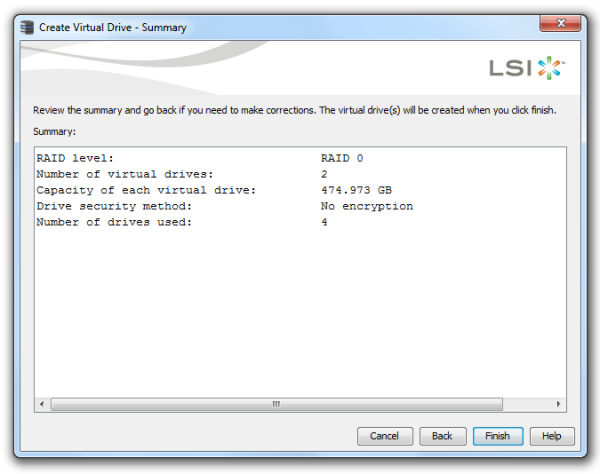
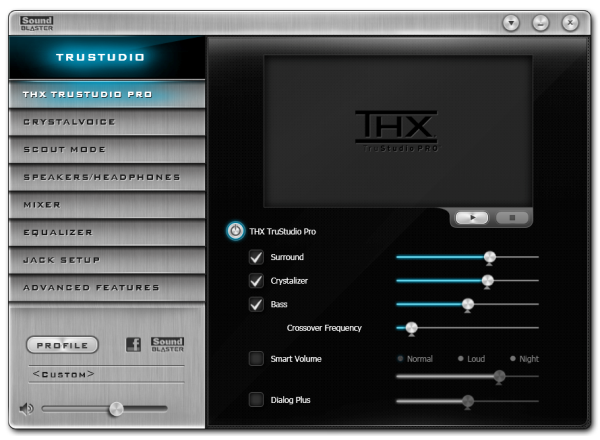
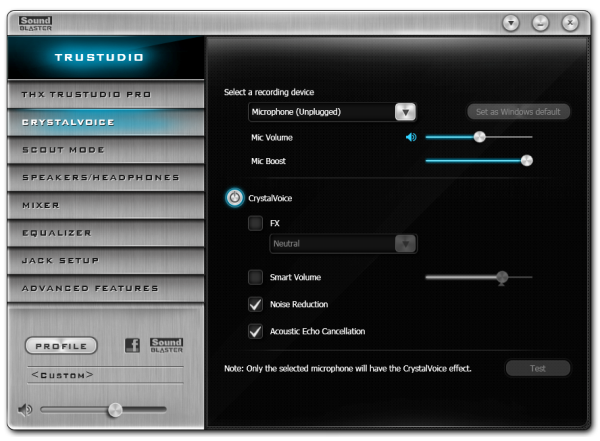
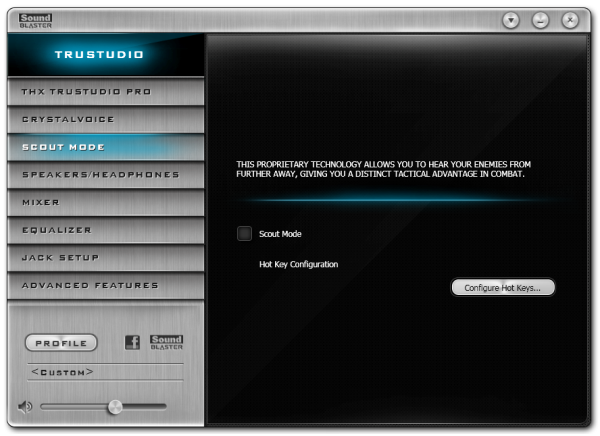














62 Comments
View All Comments
puppies - Monday, September 3, 2012 - link
22 USB drinks coolers for the crate of redbull you consume while doing an all night rendering session?08solsticegxp - Sunday, June 9, 2013 - link
You can also use all those ports for USB rocket launchers to be warlord of the office.bobsmith1492 - Monday, September 3, 2012 - link
I regularly use up all my USB ports at work and have to use a hub. I'd love to have 22.Mouse
Keyboard
Software key dongle
Flash drive
External hard drive
Multiple USB-to-serial converters
Dev kit
Programmer
martyrant - Tuesday, September 4, 2012 - link
Why are you using a software key dongle?Your IT team should be able to produce a software license server, removing the need for USB keys.
Multiple USB-to-serial converters? Are you serious? They have dongles for at least 4 of these from one USB slot, I've got at least 4 x2 slots lying around.
jigglywiggly - Monday, September 3, 2012 - link
ppl here whine too muchgr8 review
:D
Performance Fanboi - Monday, September 3, 2012 - link
...but a $600 board should include Intel nics over Broadcom.Iketh - Monday, September 3, 2012 - link
It is very hard for me to read an article that refers to a company as plural. I have to pause every time i come to "ASRock have..." because it's so unnatural to read since it should be "ASRock has..."While I'm on the subject, I don't know which is correct... "an SAS" or "a SAS" ? I read "SAS" as a word so "an" is incorrect, but if you read it saying each letter, then "a" is right...
Iketh - Monday, September 3, 2012 - link
-- , then "a" is right... --should be
-- , then "an" is right... --
ggathagan - Monday, September 3, 2012 - link
The British writing convention is to refer to companies in the plural.Sufo - Tuesday, September 4, 2012 - link
Well, a company is a group of people is it not? Rather than one single hive-mind. "ASRock" as a singular entity is simply a brand, and I don't like the idea that an abstract concept can make human decisions - technically, because it is impossible, but mainly because it is creepy... :/